Tasks
| |
Step onto the mat and pull the ring and surround yourself in a giant bubble!
|
| |
The bubble is trapped between two rings. What shape do you think it will make? Was your prediction correct? |
| |
If no one was inside the bubble, how big could the bubble be? |
|
Maths
A bubble will always try to make itself as small as possible. The smallest shape is usually a sphere, unless the bubble is trapped between some other objects.
In this activity, the giant bubble is trapped between two rings. When you pull the rings apart you make a tunnel-shaped bubble, with a ring at the top and a ring at the bottom.
You might think the bubble will make a cylinder, but a cylinder is not the smallest possible shape for this bubble. Instead, the bubble curves inwards at the middle. This shape has a smaller surface area than a cylinder and is called a catenoid.
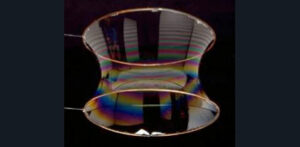
The curve of a catenoid is called a catenary, and is the shape made by a freely hanging rope or chain.
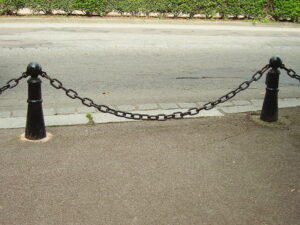
|
History
The shape of a bubble trapped between two rings is called a catenoid. In 1744, Swiss mathematician Leonard Euler confirmed that the catenoid is the shape between two rings with the smallest surface area.
The curve of the catenoid is called a catenary. The word catenary comes from the Latin word for chain because it is the shape made by a freely hanging rope or chain. In 1671, English scientist Robert Hooke, determined that the strongest possible arch was a catenary, and this shape can often be found in architecture.
|
People
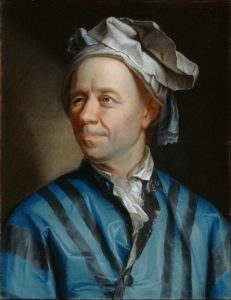 |
Leonard Euler: 1701-1783
Leonard Euler was a Swiss mathematician, physicist, astronomer and engineer. Euler worked in almost all areas of mathematics, and is considered one of the greatest mathematicians of all time. In 1744, Euler confirmed that the catenoid is the shape between two rings with the smallest surface area.
|
|
Robert Hooke 1635 – 1703
Robert Hooke was an English scientist and architect. In science, Hooke is famous for his work in springs, gravity and biology. In architecture, Hooke helped rebuild London after the Great Fire in 1666. In 1671, Hooke determined that the strongest possible arch was a catenary.
|
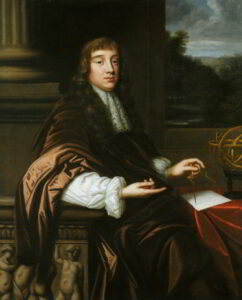 |
|
Applications
The catenary is the shape of a freely hanging rope or chain and can often be seen in nature, from power lines to the web of a spider.
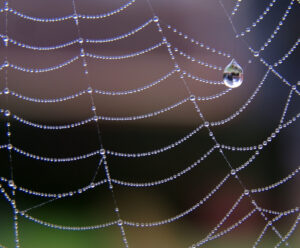
When turned upside down, the catenary is the strongest arch. This was proven in the 17th century, but there are many earlier examples of arches that approximate the catenary.
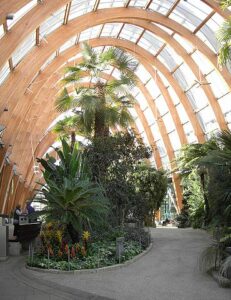

|
Maths at Home
Make your own super bubble solution with this recipe:
You Need:
- Good quality washing up liquid, such as Fairy.
- Water
- Glycerin/Glycerol
- Add 250ml of washing up liquid to 1 litre of water. Stir slowly until the soap is mixed in. Try not to let foam or bubbles form while you stir.
- For longer lasting bubbles, add 1 tablespoon of glycerin. Stir the solution until it is mixed together.
- You can use the solution right away, but to make even better bubbles, put the lid on the container and let your super bubble solution sit overnight.
How big of a bubble can you make? How many bubbles can you make in one breath?
|